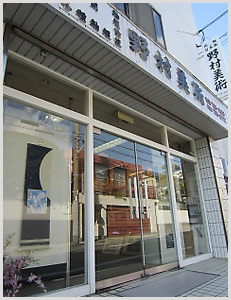Commission for Mounting the Heart Sutra Calligraphic Work into a Kakejiku – A Request from an American Customer
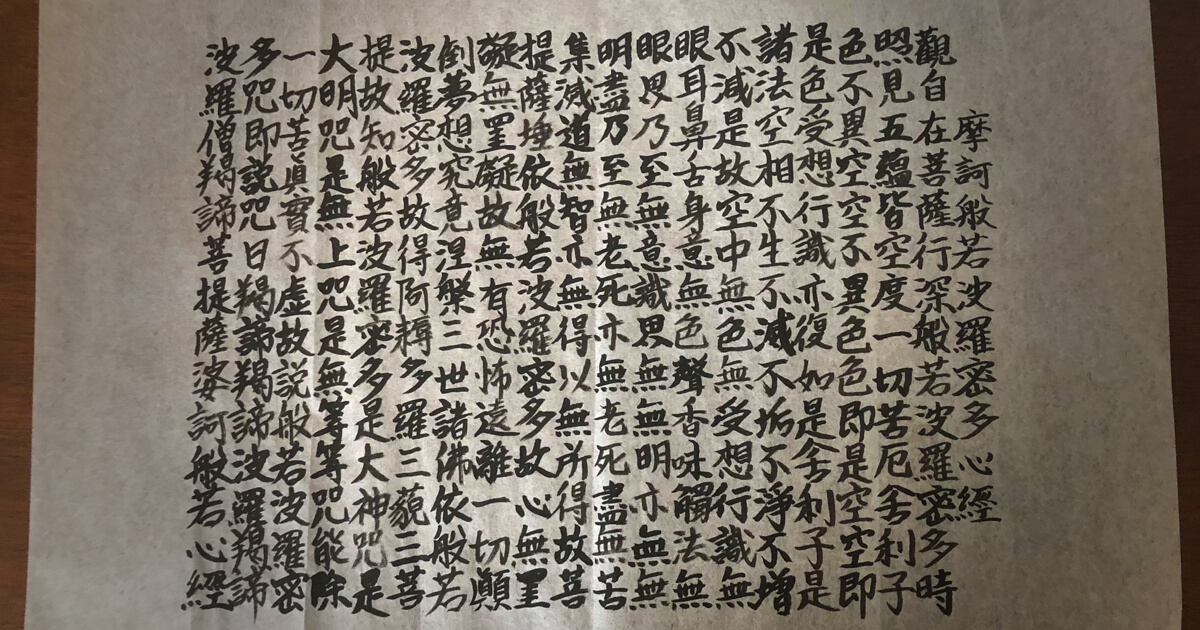
Contents
Introduction
A kakejiku (hanging scroll) is a traditional Japanese art form that enhances the beauty and value of calligraphy and paintings. Recently, there has been an increasing number of requests from overseas customers, especially those who wish to mount personally significant calligraphy works into kakejiku.
In this article, we introduce a case in which an American customer commissioned us to mount a deeply cherished calligraphy piece—a Heart Sutra given by a Japanese acquaintance—into a kakejiku.
Background of the Request
The customer received a calligraphy piece of the Heart Sutra as a gift from a Japanese acquaintance. Given its personal significance, he wished not just to store it but to have it mounted as a kakejiku so that he could appreciate it daily.
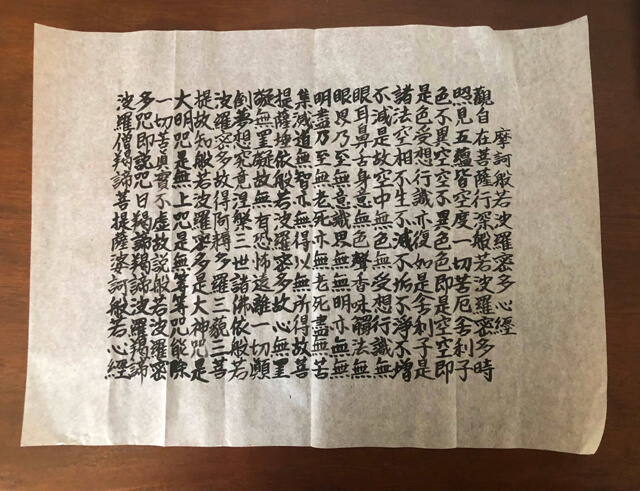
However, since the person who created the calligraphy preferred a modest presentation, the customer requested a traditional yet understated design.
Additionally, the calligraphy was written on extremely thin washi paper, which required extra care in the mounting process.
Kakejiku Design Proposal
Based on the customer’s preferences, we proposed several design options.
First, we considered different fabric types and kakejiku proportions, aiming for a simple yet elegant finish.
Furthermore, the customer requested that the scroll be made as short as possible while maintaining proper kakejiku aesthetics.
To accommodate this request, we carefully adjusted the design to ensure that the overall balance was preserved despite reducing the length.
After multiple discussions and reviewing sample images, we decided on a size that was slightly shorter than standard kakejiku while still adhering to traditional aesthetics.
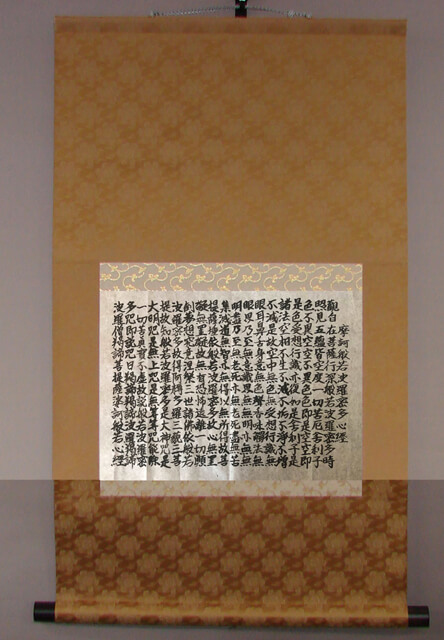
Image
The Mounting Process
One of the biggest challenges in this project was the delicate nature of the paper. To ensure that the work could be mounted successfully, we conducted a test backing process (reinforcement of the work) using a similar type of thin paper.
Through careful communication with the customer, we finalized the optimal length and design.
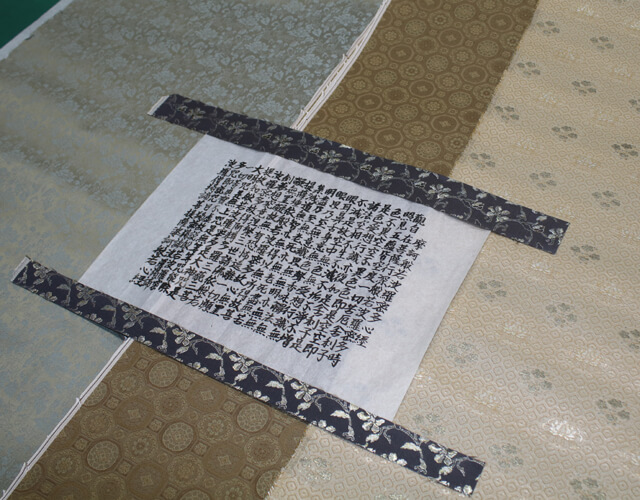
The chosen fabric featured a subdued and elegant color scheme that complemented the calligraphy.
Each step was carried out meticulously by skilled artisans, with attention to every detail. The final result not only highlighted the beauty of the calligraphy but also met the customer’s request for a refined and modest kakejiku.
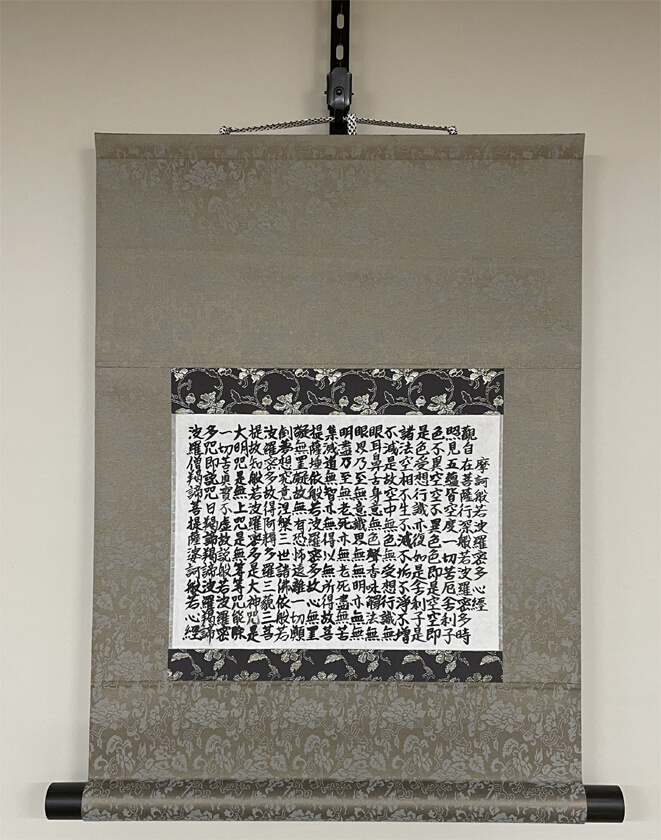
Completion and Delivery
Once the kakejiku was completed, it was carefully packed and shipped via DHL. Since international shipping involves customs clearance and the risk of damage during transit, we took every precaution to ensure a smooth delivery.
Shortly after receiving the package, the customer sent us a heartfelt email expressing his satisfaction:
Dear Yuuichi,
I received the scroll yesterday. I am writing to tell you how pleased I am with your work. The calligraphy was gifted to me by my Japanese “sister” last year, and it is important to me on many levels. Thank you for your courteous interaction, professional workmanship, and splendid selection of background fabric.
Receiving such words of appreciation is the greatest joy for us as artisans.
Conclusion
In this project, we worked closely with the customer to create a kakejiku that preserved the traditional beauty of Japanese scroll mounting while fulfilling their specific requests.
For overseas customers, understanding the intent behind the work and confirming their mounting preferences in detail is crucial. This case reaffirms how kakejiku can elevate the value of personally significant artworks and create meaningful cultural connections.
We remain committed to sharing the beauty of Japanese traditional craftsmanship with the world and providing satisfaction to customers through our kakejiku mounting services.


